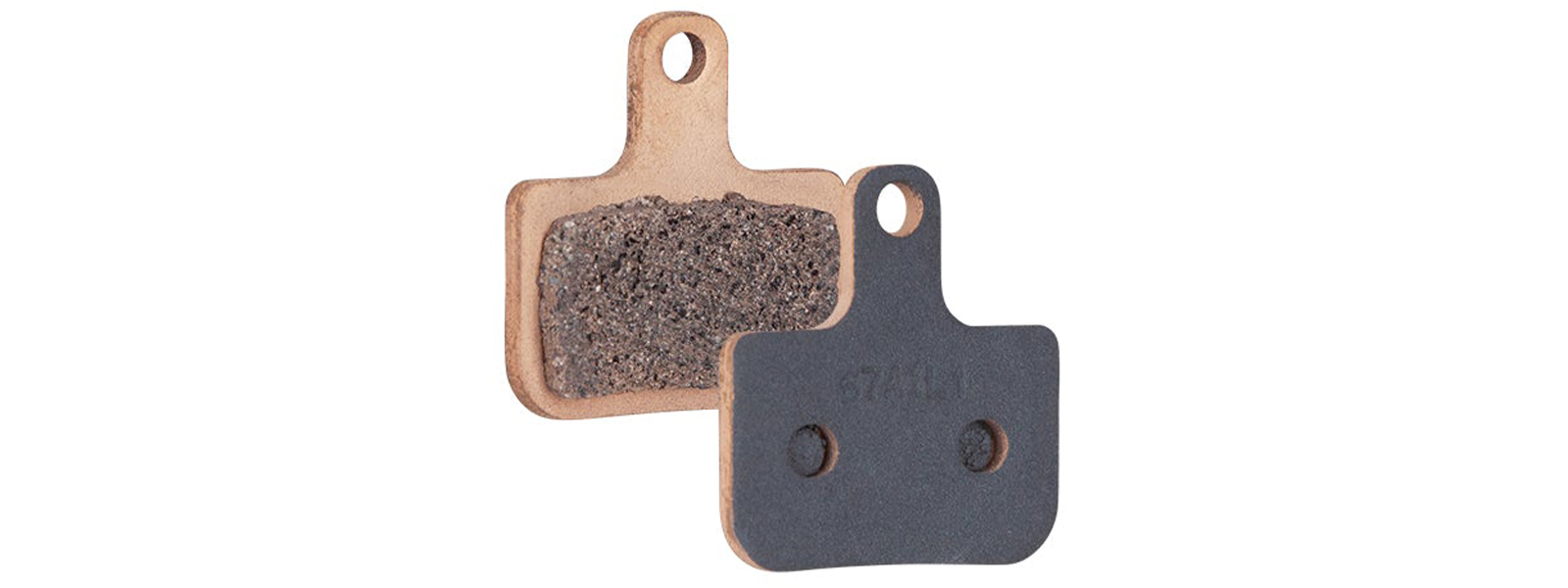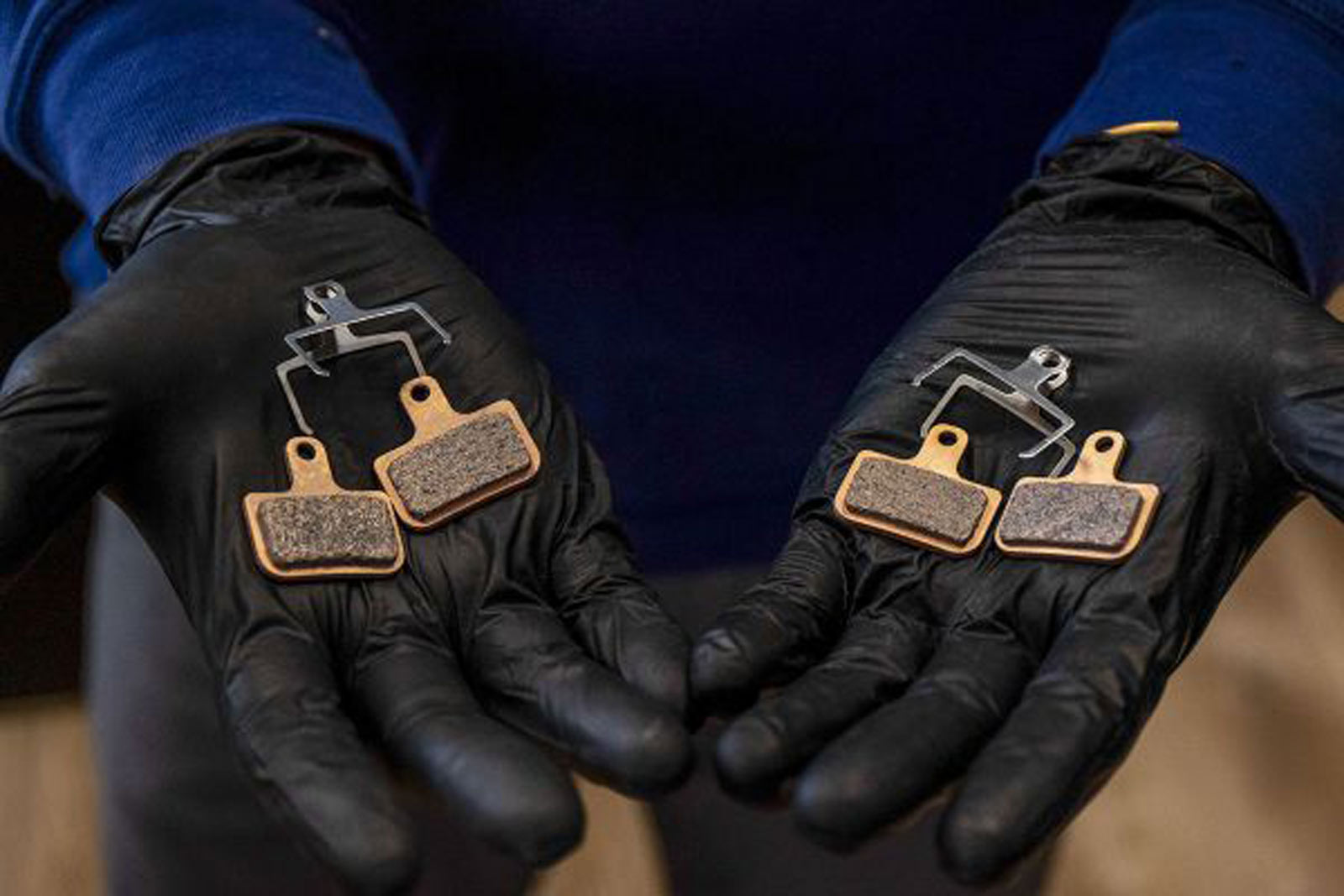You’ll be more familiar with Kogel as a brand that makes componentry to make you go faster, with their Watt-saving Oversized Pulley Wheels and low-friction ceramic bearings. Now, they’ve turned their attention to slowing you down, fast, so that you can brake even later going into corners… and go faster, with the new range of Kogel Disc Brake Pads for road, gravel and mountain biking. Two sintered compounds, Kratos and Bia, take care of stopping across a multitude of riding conditions from $34.99 USD.
Kogel Disc Brake Pads

The new Kogel Disc Brake Pads both run a sintered compound, each optimized to perform at their best under different conditions. The Kratos compound is the wet-friendly brake pad. In damp conditions, it is the more durable option. Kogel tells us these pads reach maximum potential with some heat buildup from cornering and descending.
The Kogel Bia Brake Pads have a softer compound, said to offer great bite, hot or cold, but performs best in dry conditions. Both Kratos and Bia benefit from Kogel’s Ceramic Barrier technology, wherein a layer of ceramic lines the backside of the pad working to prevent heat dissipation to the caliper and the braking fluid it houses. This should, in theory, make braking more consistent on long descents, or less brake fade. Kogel tells us the Ceramic Barrier negates the need for fins, a feature Shimano use in an effort to achieve that same objective.

The Kogel Kratos and Bia brake pads are said to be easier to bed in than others on the market, owing to the fact that they are baked to 1000°C. Both are composed of 100% recyclable material, and are Nickel and Lead-free, thus less toxic than pads that do contain those heavy metals, therefore less detrimental to our environment.
On the road and gravel side, the new Kogel Disc Brake Pads are available for Shimano DuraAce, Ultegra, 105, GRX, Tiagra, XTR M9100 calipers, SRAM AXS, Force, Red, Level (2019+) calipers, as well as SRAM Red 22/Force 22/Rival 22/Level (pre-2019). For mountain, Kogel offer the Kratos and Bia for Shimano XTR, XT and SLX 2-Piston calipers, and SRAM G2, Guide and Avid XO calipers.
Pricing & Availability
All Kogel Disc Brake Pads retail at $34.99 USD. The Kratos compound is available now with the Bia “coming soon”.

